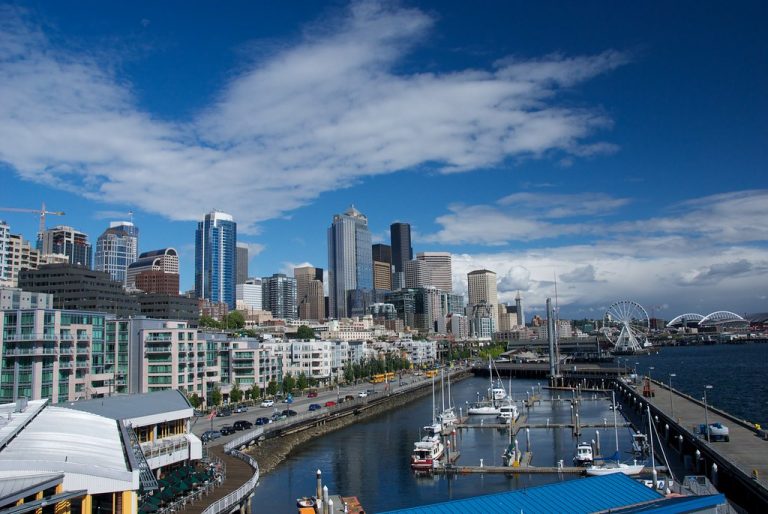Published on December 12, 2019

Officials are increasingly recognizing that integrating nature into cities is an effective public health strategy to improve mental health. Doctors around the world now administer “green prescriptions” – where patients are encouraged to spend time in local nature spaces – based on hundreds of studies showing that time in nature can benefit people’s psychological well-being and increase social engagement.
Much of this research to date has focused on the role of green space in improving mental health. But what about “blue” space – water settings such as riverside trails, a lake, a waterfront or even urban fountains?
A team of researchers, including Greg Bratman, Phil Levin, and Joshua Lawler of UW’s School of Environmental and Forest Sciences and EarthLab; Howard Frumkin of the School of Public Health; and Peter Kahn in the Department of Psychology, have advanced a new framework to help city planners and policymakers measure the mental health effects of adding – or taking away – nature in their city plans, with the goal of integrating nature into the public health agendas of future cities.
Understanding the impacts of both green and blue spaces can encourage cities to approach blue design in an innovative way. Including a wide range of interactive and passive water features – which also serve to manage stormwater – within our cities can increase opportunities for play, curiosity, animation and stress alleviation.
Continue reading at The Conversation.
Originally written by Jenny Roe for The Conversation.